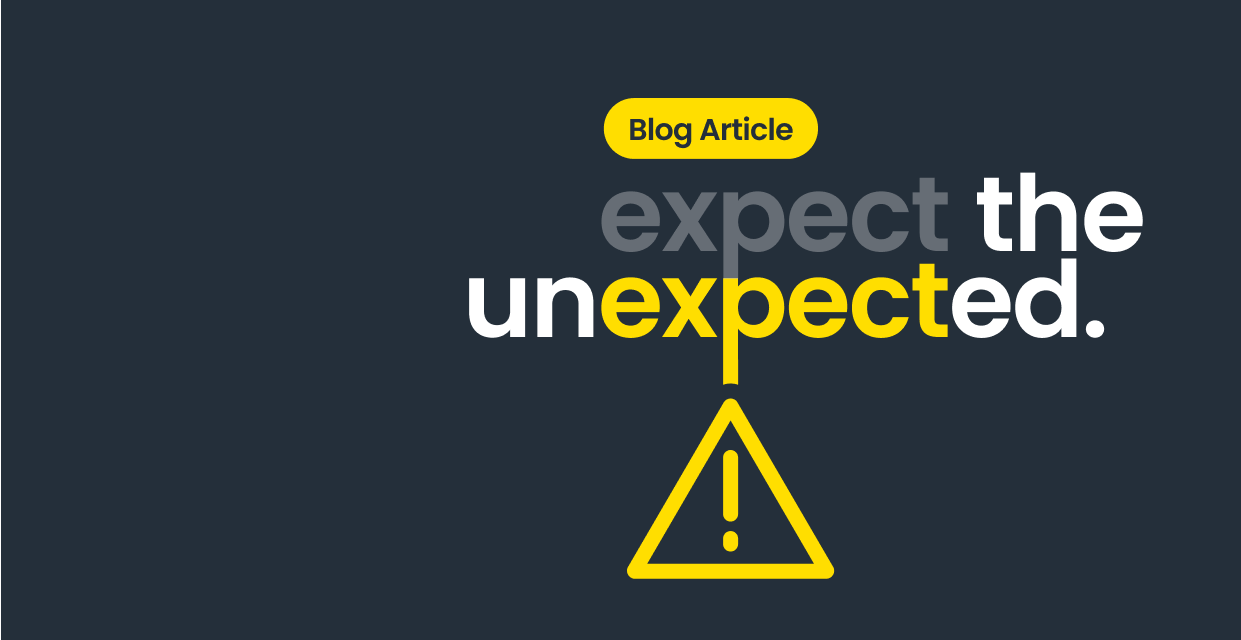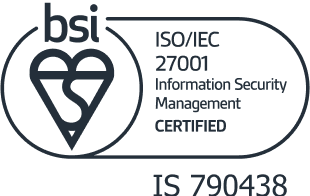
Digital transformation takes many forms but at its very heart, is the creation of solutions to problems.
Digital transformation is the creation of a shift in business model/organisational service model through the integration and usage of digital technologies and computerisation.
We in Sugar Rush have a very specific flavour of digital transformation in that all of our digital transformation projects incorporate if not orbit entirely around mobile-first and mobile application based solutions to an organisation’s problems.
In local government and public sector organisations, the ability to provide service to public citizens is maximised through mobile by being able to provide information, resources and tools directly into the hands of the intended app user. Take for example our recent award winning project with PBNI, where the app we developed provided empowerment, resources and point of need support to probation service users while providing important data records to case managers on important personal safety, and health and wellbeing issues like mood and alcohol intake of the individuals.
When planning for a successful local government or public sector app, just like in industries within the private sector, careful research and planning need to take place to identify the user group each app and set of tools are aimed at. This will then influence the design of the app and interface and with such pre-planning in place, the app launches and begins to establish a predicted user audience.
But what if your app receives an unexpected audience instead of, or as well as the predicted audience? All the planning in the world cannot account for eventualities where the app is proven to be more used or more adopted by an unplanned group of users and getting ahead of this in your launch planning can make a lot of sense, should this affect your app.
1. Try not to restrict design to an age group.
Is your app audience older or younger than expected? - Targeting an app to a teenage, youthful and “cooler” audience can often involve slick, smart interface elements, colour schemes and app interface terminology that will resonate best with this group. An unexpected audience here (older or younger) may require simplified or revised interfaces and text elements may need to be adjusted for size and/or language and terminology. Unless your app is restricted from access by untargeted demographic groups, it is worth considering how the app would serve and support users outside of the intended audience.
2. Consider the access to the app, to mitigate the need to accommodate unintended user groups.
Taking the PBNI app for example, the useful nature of a tool like a substance tracker/journal could well present benefits for other user groups who they are not intended for - if not locked down or made accessible only as part of the intended app, this may skew the organisation’s data on the usage and create complication in true service user analysis. Logins or authentication on both the app and all areas promoting the download link would present strong protection to minimise non-service users from using the app in an unintended way. In this way, the promotion and ability to access the app will have a big impact on restricting use to those who it is intended to support.
3. Language please! Ensure your app can be easily extended to support multiple languages.
In the case of public sector applications, the need for diversity and inclusion will often drive the planning for a project to be available in multiple languages, even if not intended or planned for first launches. What is important here is to be cognisant of the need to be able to offer an inclusive, non-discriminatory service to users and to ensure that this is in the project definition stages from the outset. Sugar Rush have extensive experience in offering apps in multiple languages and ensuring that the foundations of such apps are in a place of readiness for additional language content as and when required or offered.
While in most cases, the app audience and accessibility planning activities for local government and public sector apps will remain in keeping with the intentions, research and targeting of the organisation, it is clear that forward thinking development teams like those in Sugar Rush will ensure that we discuss, plan and structure all our local government and public sector apps to take into consideration all eventualities about accommodating unexpected app users with no degradation of service.
If you want to discuss next steps in planning your local government or public sector app or developing an existing project further, talk to our digital transformation team.







